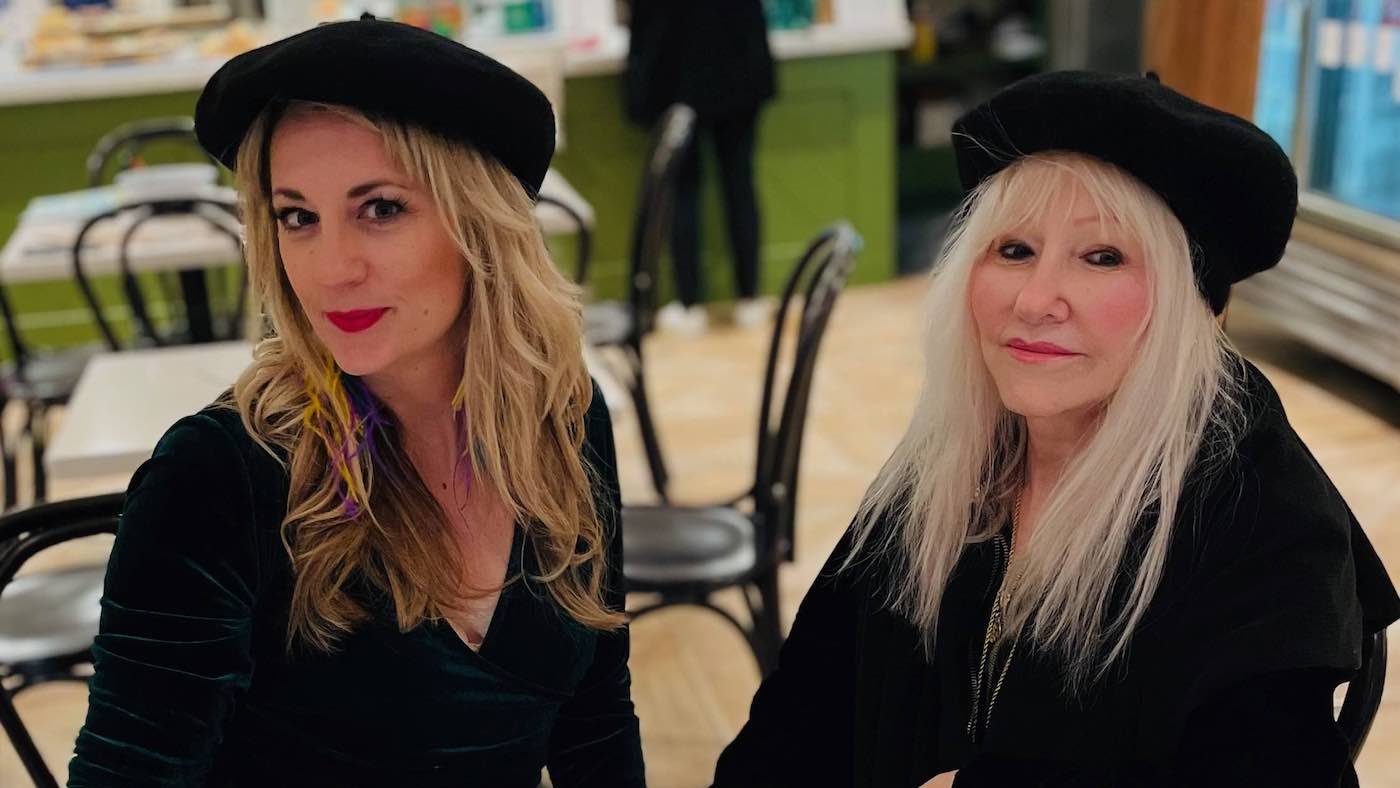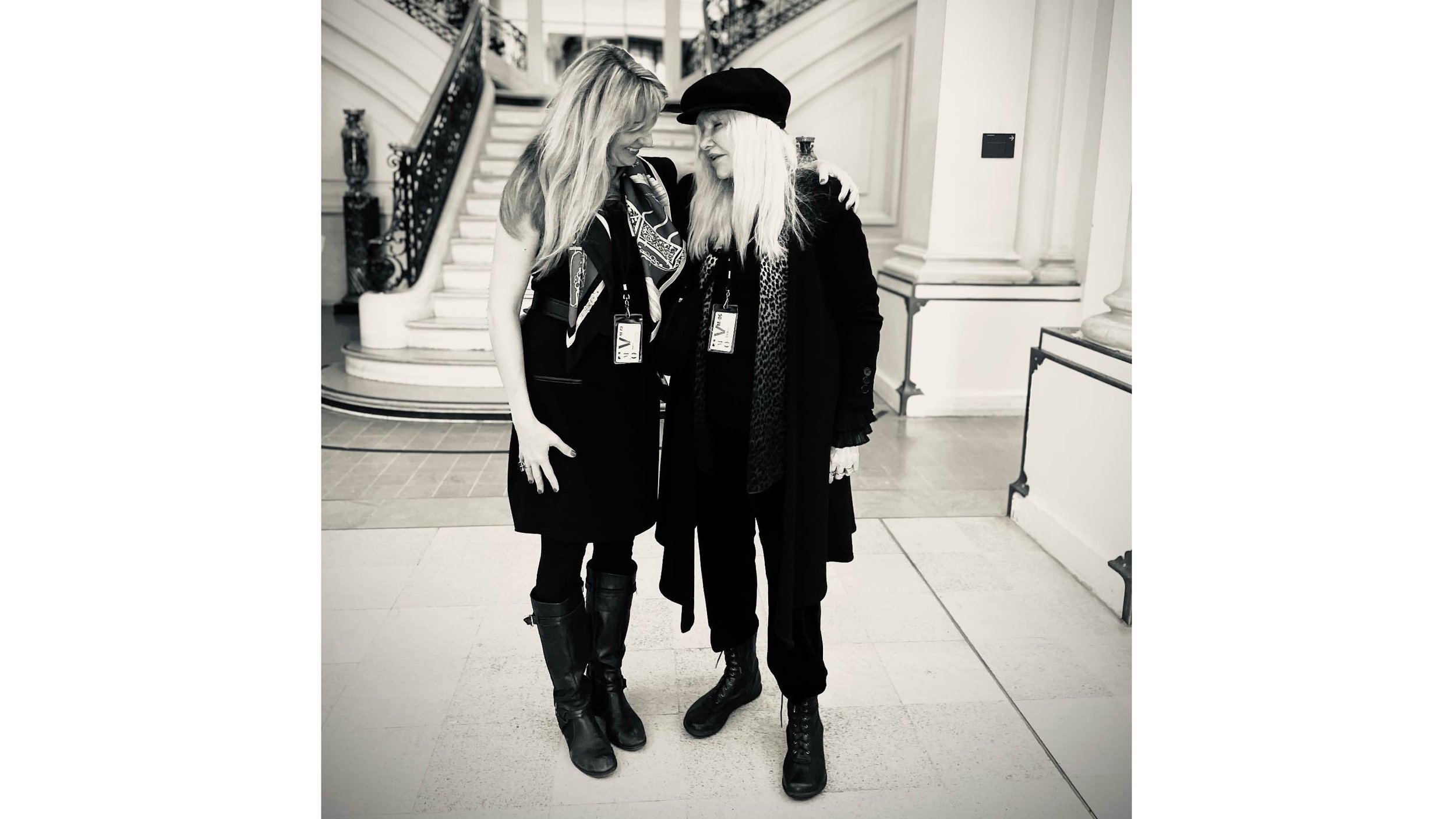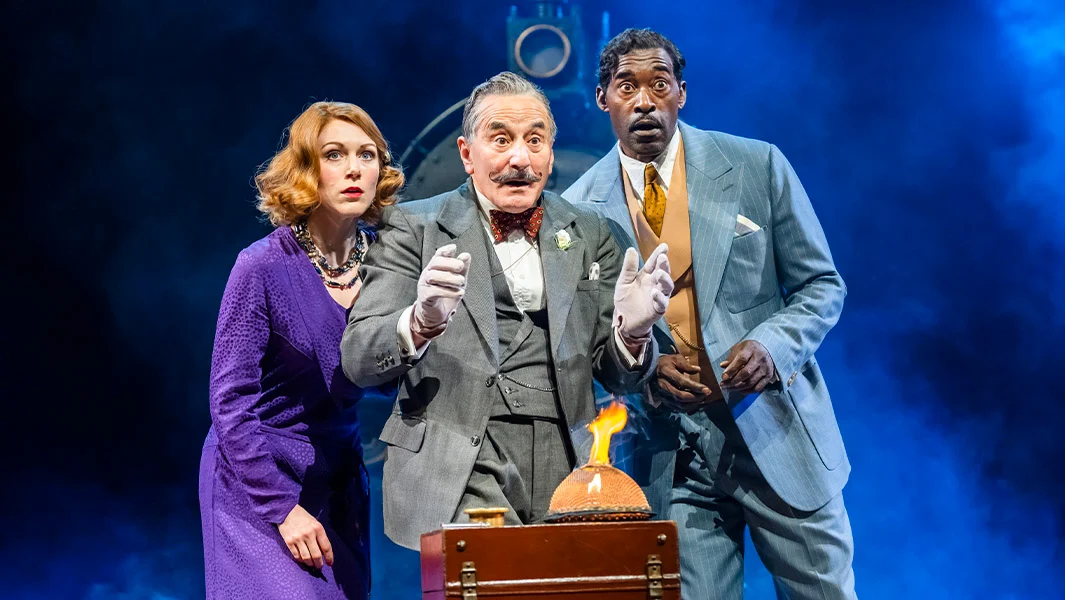
Edgar Degas in New Orleans is a new nonfiction book by mother-daughter author team Rosary O’Neill and Rory O’Neill Schmitt. Rosary’s play Degas in New Orleans (US/UK) is published by Samuel French and available for licensing through Concord Theatricals, along with several of her other plays.
Esteemed Ph.D.-holding authors, Rosary and Rory will be participating in an authors’ chat and signing at the New Orleans Museum of Art. Moreover, the Louisiana Book Festival recently named Rosary and Rory as featured authors at the 19th annual festival in Baton Rouge, Louisiana this October.
Rosary and Rory recently discussed the event and more via this exclusive interview.
…
Meagan Meehan: How did you get the book signing at such a prestigious museum, the New Orleans Museum of Art?
Rosary: We are so thrilled to be doing a signing for our book, Edgar Degas in New Orleans, at the New Orleans Museum of Art.
Rory: Closest to our hearts is the museum of our hometown, which houses the Portrait of Estelle Musson Degas, and it is one of the museum’s most beloved artworks. We were honored to connect with the curator of education at the museum, Tracy Kennan, who invited us to give an authors’ talk and book signing in the museum. It feels like a dream to be speaking about Edgar Degas before his portrait of his first cousin/sister-in-law, Estelle, at the New Orleans Museum of Art. New Orleans birthed Edgar Degas’ mother, and without her, one of the greatest artists of all time would not have entered the world. Degas’ portrait of Estelle witnesses that his legacy lives on. Louisiana will never forget that Degas is one of our own.
Why is this painting, which inspired your writing, so compelling?
Rosary: It’s dark, moody, mysterious, magical – like the Mona Lisa. Edgar was forced to paint indoors because the bright tropical sun hurt his sensitive eyes. He capitalized in New Orleans through close ups, like this one. In this portrait, his blind cousin, Estelle, is clipping red hydrangeas shrouded in interior sadness. The painting captures the despair that many women felt after the war when so many men never came home, when doctors left the city, hapless surgeries were done, when more children died than lived. Estelle was threatened with a dangerous pregnancy and her husband (Edgar’s brother, René) was having an affair with the neighbor. The neighbor was Estelle’s best friend, who had wormed her way into the house as their children’s piano teacher. The story in our book (our fourth nonfiction with Arcadia Publishing and The History Press) exposes the scandalous experience of Edgar in New Orleans that he stumbled into trying to go see the land of his mother. Edgar is the only Impressionist artist who had an American parent.
How did you uncover the story of Degas in New Orleans?
Rosary: In 1992, I was awarded my first Fulbright to Paris for my play, Wishing Aces (US/UK). I fell in love with Paris, like most Americans do I suspect – that gorgeous city of light, of beauty and art and grace. I attained an additional four Fulbright awards as senior drama specialist to Paris for my writing and research. During my time in France, I met an American scholar who was writing about the famous poet Baudelaire, and she explained that the French are totally interested in the history of artists. I began to study the Degas story in New Orleans, and I began to write about that. I discovered Degas is my poet. For over 20 years, I have been researching Degas, and there is a whole blossoming of interest in his life in New Orleans.
What else has the story of Degas in New Orleans inspired you all to create?
Rory: We wrote the screenplay about Degas’ life in New Orleans and we’re working with French-American producer of Media Fusion, Carol Bidault de L’Isle. There continues to be much interest in Degas here and in Europe, in particular his early years, which is riveting.
Rosary: I recently completed my historical fiction novel, called My Brother’s Wife: Degas Paints New Orleans. About 20 years ago, I also wrote the play, Degas in New Orleans (US/UK), which was published by Concord Theatricals. At that time, the theatre company I founded, Southern Rep, produced the play at the New Orleans Museum of Art (NOMA) during their Degas exhibition.
Can you share more about this historic Degas exhibition at the NOMA?
Rory: In 1999, the New Orleans Museum of Art held the seminal exhibit: Degas in New Orleans: A French Impressionist in America. Our book research was enriched by the support of genius curators of this exhibition, Dr. Gail Feigenbaum and Victoria Cooke. We are particularly grateful to Gail, as she was the visionary for the exhibition at the New Orleans Museum of Art, which showcased Degas’ incredible artworks he created during his New Orleans sojourn.
How else were art museums involved in your research?
Rory: We conducted interviews with scholars from museums across the world. In Paris, we completed research in the library and archives of the D’Orsay Museum. We interviewed Isolde Pludermacher, chief curator, who is exclusively in charge of protecting Degas’ works. When she agreed with our belief that Degas’ time in New Orleans was truly significant, our hearts were lifted even further, and we knew we had to share this story with the world.

Rory O’Neill Schmitt and Rosary Hartel O’Neill
Can you tell us more about the visuals in the book?
Rory: Our shared vision is to herald the talent of New Orleans artists. In the book, we included exquisite photography of local artists: Rachelle O’Brien (my sister), Robert Schaefer, Jr. and Cheryl Gerber. Rachelle took beautiful photographs of the Suicide Oak and the Dueling Oaks in City Park. Robert marvelously photographed St. Louis Cathedral, which was selected for the cover of the book. And Cheryl captured the essence of the Garden District with exquisite architecture photography.
For our book, we really prioritized the visual. I trained and worked as an art therapist and educator for several years. Something in my soul knows the primacy of the visual. Pictures are a powerful language that connects to people’s hearts and minds. We believe photographs, drawings, and paintings anchored this book. Our goal as writers was to have readers see, hear, feel and really experience what it would have been like for Edgar in Louisiana. And we also want them to fall in love with New Orleans.
How many languages is the story published in?
Rosary: The book, Edgar Degas in New Orleans, has been published in English. We also have several chapters translated into French. The play, Degas in New Orleans, has been translated into French by Philippe Cergy. And this French version was produced at the Sorbonne Theatre and the Global Centre Theatre of Columbia University in Paris. The screenplay of our story on Degas in New Orleans includes scenes from his earlier life and has been translated into French by Alicia Diaz Chauvigné of the Sorbonne.
What’s next for your book, Edgar Degas in New Orleans?
Rosary: Paris! The Irish Cultural Center in Paris has invited us to do a book signing and lecture this fall, which is such a thrill. Rachelle O’Brien will be curating this global multimedia launch of the project, including film, photography, and original New Orleans music (“Degas is Here!” by Rachelle O’Brien, Eric Laws, and Jeff Louviere of the band Blood Lovely).
But I believe we were destined to go there since so much of the reveal in the book comes back to the great paintings of Degas, many of which are now located in France. To this day, one of his earliest masterpieces is The Cotton Office. Degas completed this painting of his uncle’s cotton office on the day the family business in New Orleans went bankrupt. This painting was the only one he sold to a museum during his lifetime, and it is still housed in this museum in Pau, France.
Are you working on any writing now?
Rory: With our publisher, Arcadia Publishing and the History Press, we have a contract for our next book: Kate Chopin in New Orleans. It has been thrilling researching her life and interviewing scholars and descendants to learn more about this trailblazing American writer.
Rosary: I connected with Kate Chopin years ago when I wrote the play, The Awakening of Kate Chopin, which was also published by Concord Theatricals. Many scholars consider Kate Chopin, the author of The Awakening, one of the leading early fiction writers of America. Kate’s husband had a cotton office right down the block from Edgar Degas’ uncle’s cotton office, and he also went bankrupt. Rory and I were fascinated to see how her life in Louisiana influenced her development as a writer.
Rory: We are grateful to continue our study of this history of New Orleans, during this intense time of trauma, tragedy, disease, economic collapse and death. Locals grappled with survival and managed to sustain relationships and still find some hope for the future. And some of the city’s inhabitants even became great artists, whom we are still talking about 150 years later.
…
Header Image: Rory O’Neill Schmitt and Rosary Hartel O’Neill (courtesy of Rosary Hartel O’Neill)
For more information about the plays of Rosary Hartel O’Neill, visit Concord Theatricals in the US or UK.

Community Theatre: Your Guide to Season Planning

Beyond the Musical: TYA Plays from Concord Theatricals

